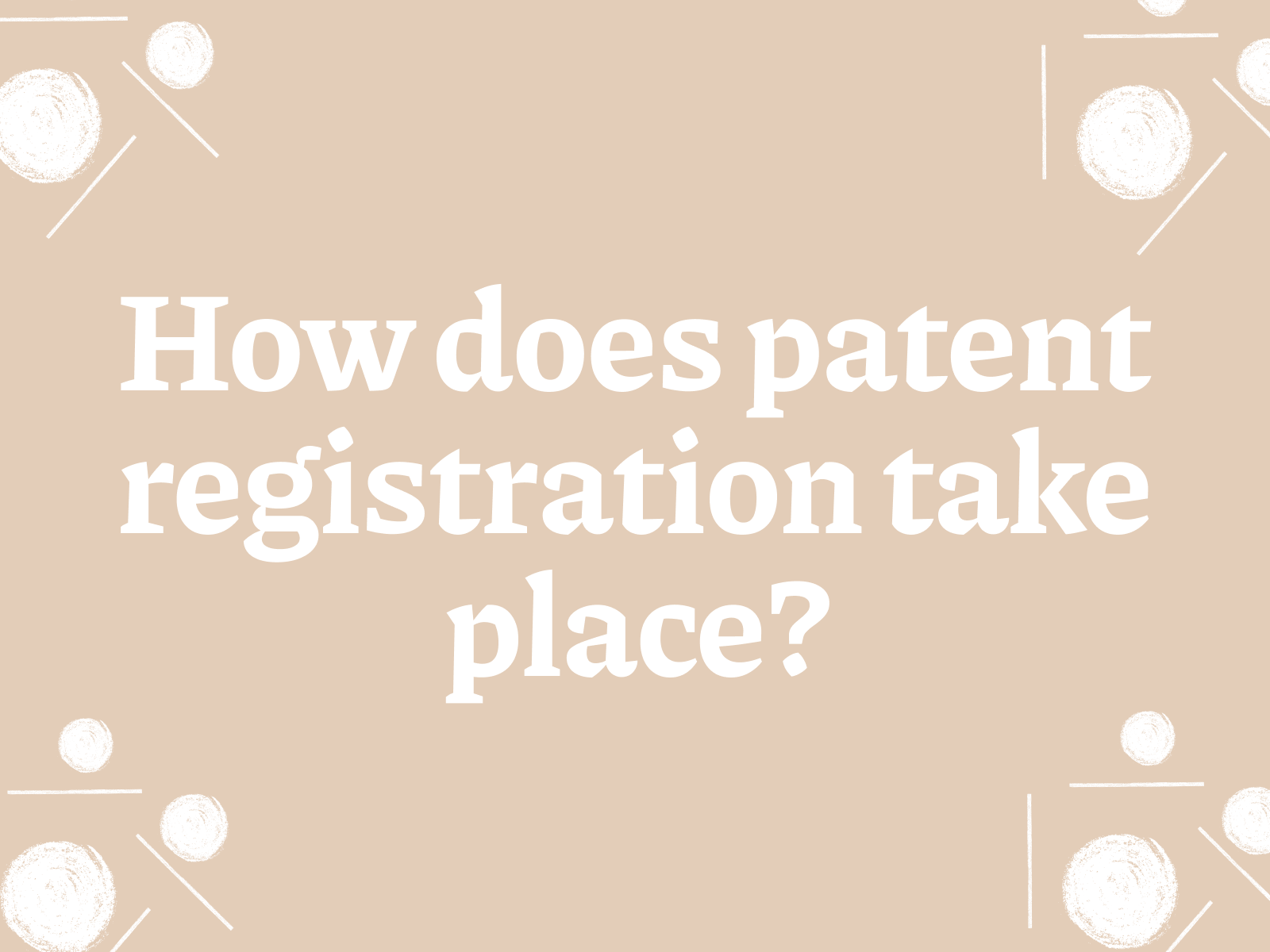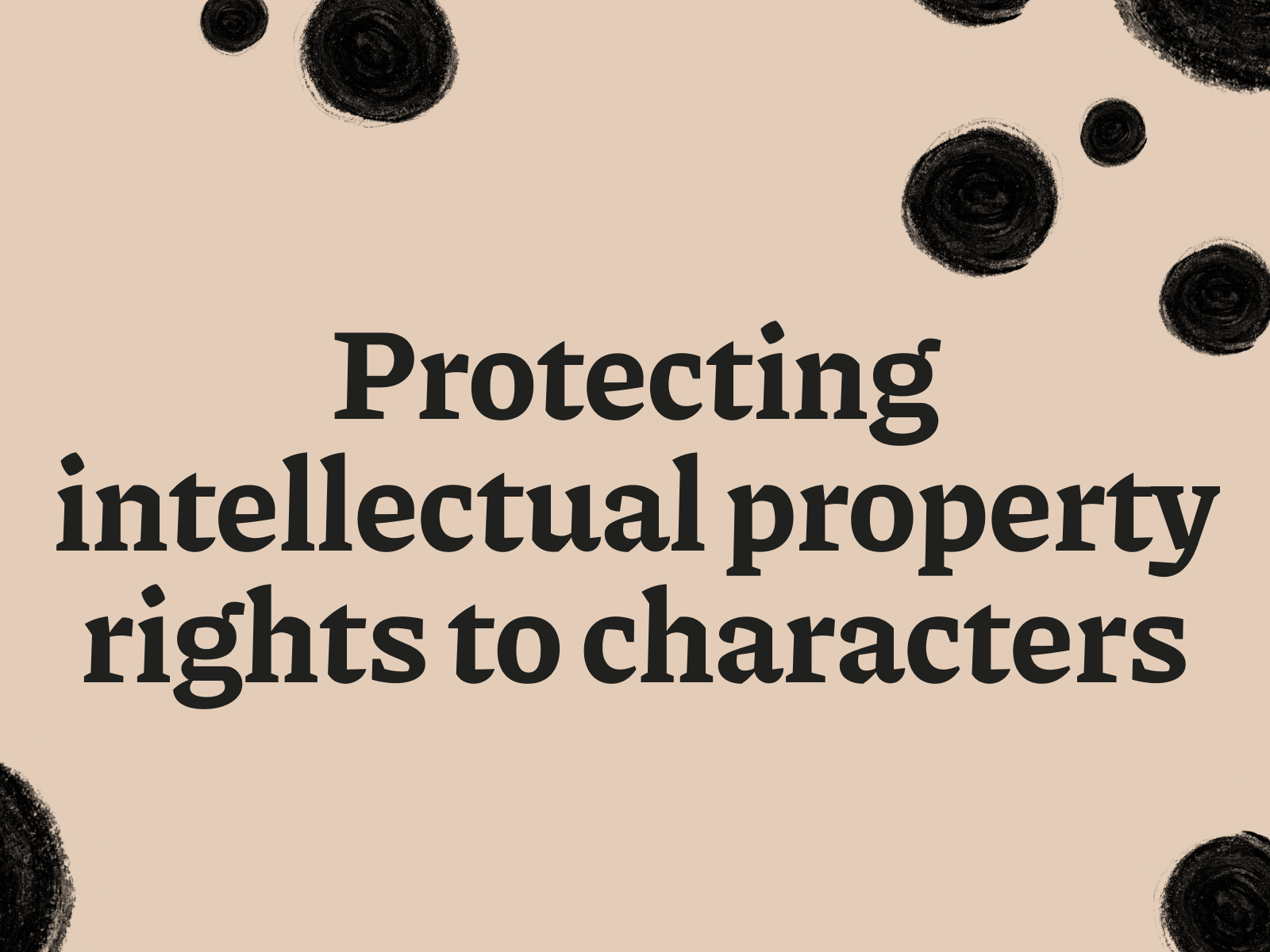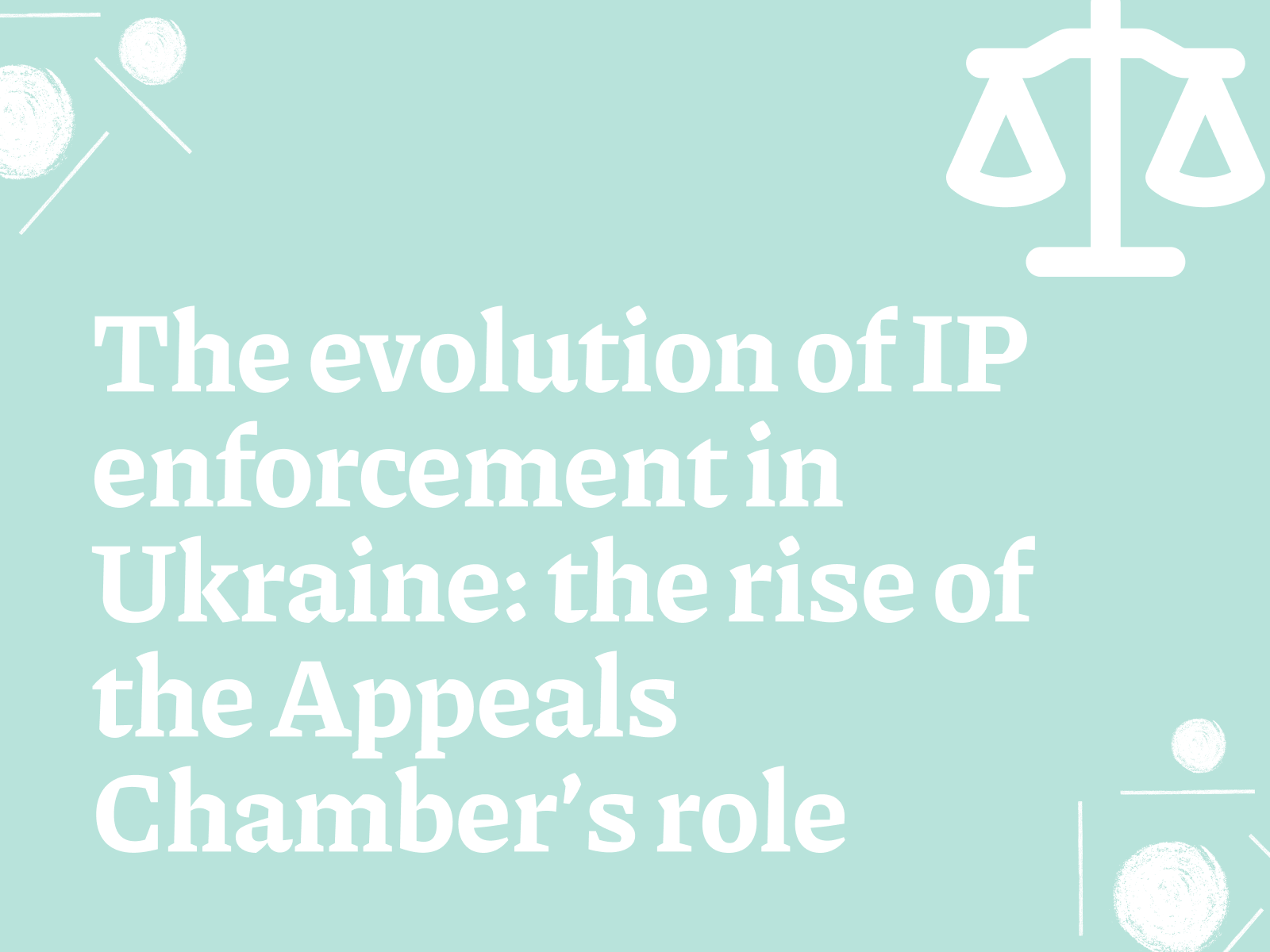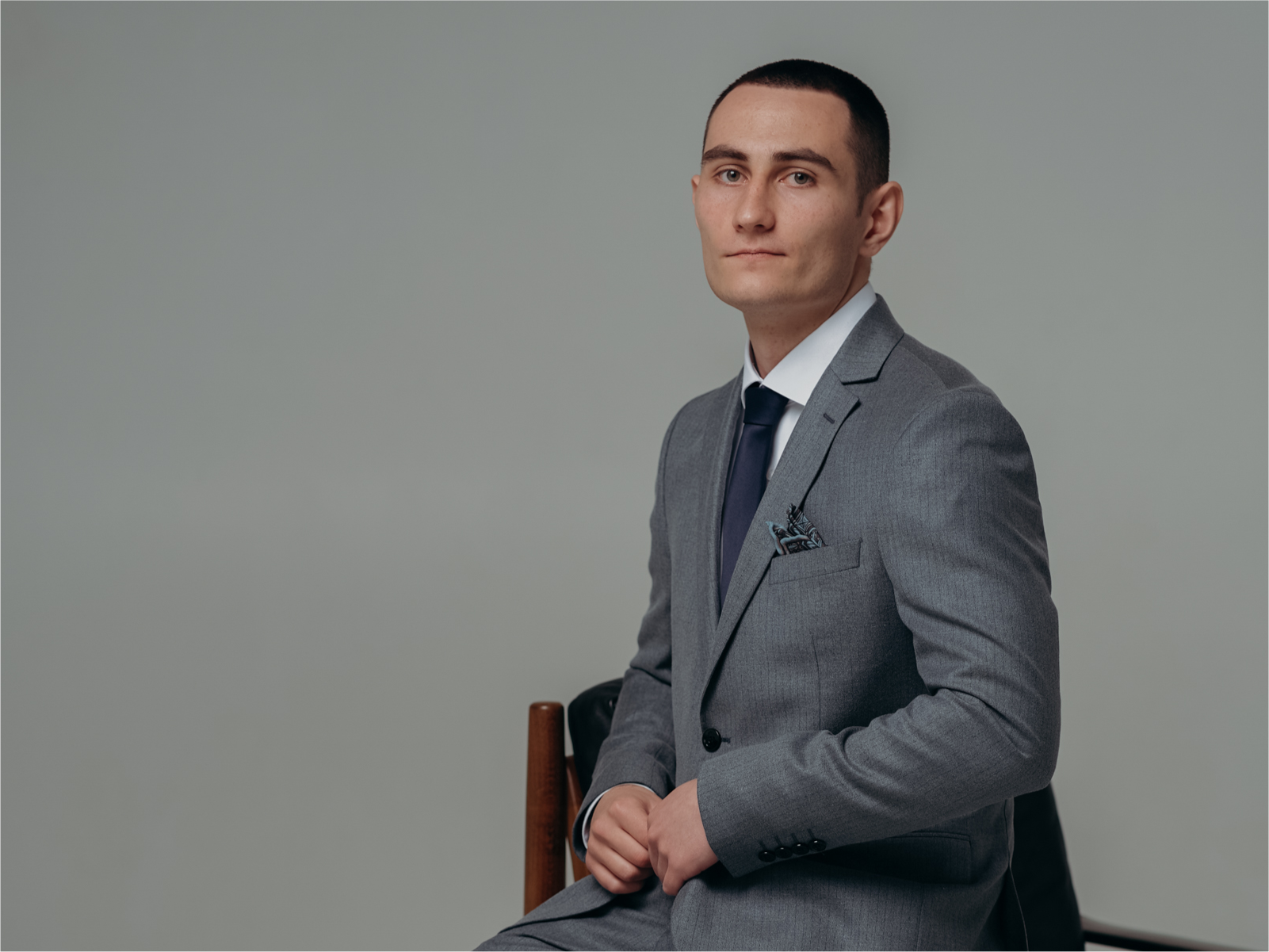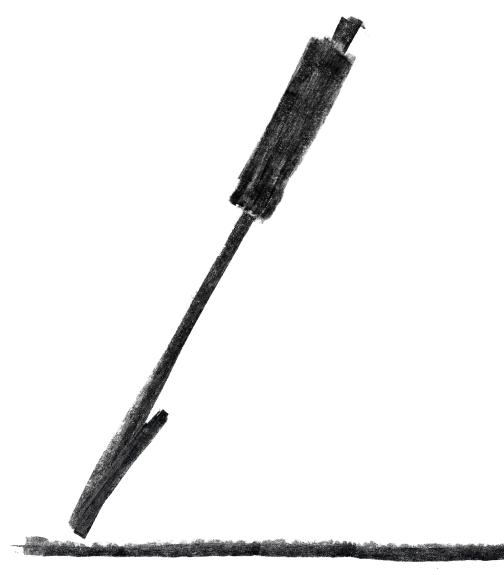Intellectual property is a key asset of modern business and science, playing an important role in the protection and commercialisation of innovative developments. Patent registration is an integral process of legal protection of inventions, providing their creators with exclusive rights to use and dispose of their work. In Ukraine, as in many other countries, there is a well-defined procedure for granting patents, starting from preparation of the necessary documents for obtaining a patent and ending with obtaining an official document confirming the rights to intellectual property.
Main stages of patent registration and required documents.
How to apply for a patent and patent a utility model?
The patent registration process is a sequence of steps to obtain formal intellectual property protection for an invention or utility model. The process involves several key steps:
- Preparing and filing an application: the first step is the preparation of the patent application, which must include a full description of the invention or utility model, as well as indications of its novelty, industrial applicability and inventive step. The application is filed with the national patent office or through international systems such as the PCT (Patent Cooperation Treaty) if the aim is to obtain protection in several countries.
- Formal Examination: after filing an application, the patent office conducts a formal examination to ensure that it complies with the requirements of the design and availability of all necessary documents. If any deficiencies are found, the applicant is given an opportunity to correct them.
- Search and substantive examination: the next step is to conduct a search of existing technical solutions to determine the novelty and inventive step of the proposed invention. Based on the results of the search, the patent office examiners conduct a substantive examination to ensure that the invention fulfils the patentability criteria.
- Decision on granting a patent: after a favourable conclusion of all examinations, the patent office makes a decision on granting a patent. If the application is granted, the applicant is granted a patent document confirming the exclusive rights to the invention or utility model.
- Publication and coming into force of a patent: Once a patent is granted, it is published in the official gazette and from that moment the patent comes into force. From the moment of publication, the term of the patent begins to run, which is usually 20 years for inventions and 10 years for utility models, with the possibility of extension in some cases.
Each stage of the patent registration process requires careful attention and compliance with certain requirements. Throughout the process, various legal and technical issues may arise, the resolution of which is facilitated by professional legal support.
When patenting a utility model, the specifics of this type of intellectual property object should be taken into account. The main difference between a utility model and an invention is the lower requirements for the level of novelty, which makes the process of obtaining a patent more accessible and faster.
The patentability criteria for inventions and utility models cover several key aspects, each of which must be considered when filing an application:
- Novelty: your invention or utility model must be new and not known from the current state of the art.
- Industrial applicability: it must be possible to use the invention or model in industry or other field.
- Inventive step: the invention must be clearly different from everything known so far, demonstrating an inventive step. This criterion in Ukraine does not apply to a utility model.
Proving that your invention or utility model meets these criteria is critical to avoiding a refusal to grant legal protection.
Obtaining a utility model certificate or patent for an invention represents the final step in the patenting process, which certifies your exclusive right to the invention or model. This document:
- Issued after a detailed review and verification of the submitted materials.
- Serves as the legal basis for protecting your intellectual property.
Thus, obtaining a certificate not only confirms the value of your labour, but also ensures that your rights are well protected.
Documentation for obtaining a patent
To file a patent application the following documents: must be collected
- An application for a patent, which includes information about the applicant and the author.
- A description of the invention with full technical details.
- Formula of the invention reflecting the essence of the proposed technical solution.
- Drawings and diagrams (if necessary).
- Confirmation of payment of the state duty.
Legal advice
Legal advice Polikarpov Law Firm covering a wide range of support, from basic patent law advice to complex licensing and litigation procedures.
These services include:
- Conducting patent research and analyses to assess the prospects for registration of new inventions.
- Assistance in the preparation and filing of patent applications.
- Tips on patent protection and commercialisation strategies.
- Support in updating and maintaining patents in force.
- Representing the patent owner in case of legal disputes.
Ukrainian Law Firm Polikarpov Law Firm is a reliable firm specialising in intellectual property, whose key factor for successful management and protection of patent rights of its clients.
Legal support not only helps in solving current intellectual property protection tasks, but also plays a preventive role by preventing potential infringements and conflicts. Professional lawyers and patent attorneys have the necessary knowledge and experience to develop effective strategies to protect and commercialise inventions, which ultimately contributes to increasing revenues and strengthening the market position of patent owners.
Conclusions
The process of patent registration in Ukraineas in any other country, requires thorough preparation and understanding of the specifics of patent law. Once a patent has been granted, there is the equally important stage of administering and defending it, in which the advice and support of law firms is critical. Patent owners must be prepared to take proactive steps to protect their rights and commercialise their inventions, which is greatly facilitated with qualified legal support.
Ultimately, the successful registration and effective use of a patent can be the key to commercial success and sustainable business or research development.
Thus, the importance of patent execution and defence cannot be overestimated, nor can the need for qualified legal assistance in these processes.
What steps should be taken to start the process of registering a patent for an invention?
First of all, it is necessary to prepare a description of the invention.
The description should contain detailed information about your invention, including its purpose, method of use, technical result to be achieved and detailed characteristics.
The description should be clear and sufficiently informative to enable a person skilled in the relevant field to put the invention into practice.
It is also important to conduct a patent research (search). This research helps to ensure that your invention is new and does not infringe existing patents. It can be done on your own, using open databases of registration authorities, or you can order a search.
The invention must be different from anything previously created or contain known elements that in the claimed invention produce a previously unknown result.
The inventive step test includes:
- identification of the closest analogue;
- determination of the features distinguishing the claimed invention from its closest analogue;
- identification of prior art solutions that have features that match all the distinctive features of the new invention.
If such tests show that your invention is novel and fulfils the conditions of protectability, you may proceed to file an invention application. An invention application is filed with the national registration authority. It can be filed either electronically or on paper.
The application must be drawn up in the Ukrainian language and contain:
- application for state registration of the invention;
- description of the invention;
- Claims;
- drawings (if referenced in the description);
- Abstracts.
In addition, the appropriate application fee must be paid.
What are the requirements for an invention when applying for a patent?
Legal protection shall be granted to an invention which is not contrary to public policy, generally recognised principles of morality and which meets the conditions of patentability.
An invention fulfils the conditions of patentability if it is novel, involves an inventive step and is industrially applicable.
An invention (utility model) is recognised as new if it does not form part of the state of the art. Subject matter which is part of the state of the art should be considered only separately for determining the novelty of an invention (utility model).
The prior art includes all information that became generally available in the world prior to the date of filing of the application with the registration authority or, if priority is claimed, prior to the priority date of the application.
The prior art also includes the content of any application for state registration in Ukraine of an invention (utility model) (including an international application in which Ukraine is designated) in the version in which that application was first filed, provided that the date of its filing (and, if priority is claimed, the priority date) precedes the date referred to in paragraph four of this Article and that it was published on or after that date.
An invention involves an inventive step if it is not obvious to a skilled person, i.e. it does not follow explicitly from the prior art. In assessing inventive step, the content of the applications referred to in paragraph five of this Article shall not be taken into account. New forms of a prior art medicinal product, including salts, esters, esters, compositions, combinations and other derivatives, polymorphs, metabolites, pure forms, particle sizes, isomers, may be recognised as clearly arising from the state of the art if they do not differ significantly in efficacy.
An invention (utility model) is recognised as industrially applicable if it can be used in industry or other field of activity.
A person who wishes to register an invention and is entitled to do so shall file an application with the Registration Authority.
The invention application must relate to one or a group of inventions connected by a single inventive concept (unity of invention requirement).
The application shall be drawn up in the Ukrainian language and shall contain:
- application for state registration of the invention;
- description of the invention;
- claims;
- drawings (if referenced in the description);
- Abstracts.
What are the main steps in the examination of a patent application?
The examination of the application consists of a preliminary examination, a formal examination and a qualification examination.
During the preliminary examination, an application that does not contain the applicant’s proposal to classify the invention as a state secret is examined for the presence of information that may be classified as a state secret.
During the formal examination, the application and all documents are checked for compliance with the correctness of the application and all the necessary materials.
During the qualification examination, the compliance of the claimed invention with the conditions of patentability is checked.
The qualification examination is carried out after the registration authority receives the relevant application from any person and pays the fee for its conduct.
The applicant may file the said application and pay the fee for the qualification examination within three years from the date of filing the application, and another person may file the application after publication of information on the application for invention, but not later than three years from the date of filing the application. In this case, the other person is not involved in resolving issues related to the application. He or she is only sent the examination report on the application approved by the registration authority.
If there are grounds to believe that the claimed invention does not meet the conditions of patentability, the registration authority sends the applicant a reasoned preliminary opinion with a proposal to provide a reasoned response with elimination of the deficiencies indicated in the opinion, if necessary.
If the registration authority makes a positive decision on registration, the applicant pays the state fee and the fee, and the patent is granted.
How long can the whole registration process take?
The total duration of registration depends on the specific situation. However, average registration periods are: 1.5 – 2 years.
What additional actions may be necessary in case of opposition or refusal to grant a patent?
If, based on the results of the qualification examination of the application, it is established that the invention or group of inventions does not comply with the conditions of patentability, a preliminary decision to refuse to grant a patent for the invention shall be sent to the applicant.
If there are reasons to believe that the claimed invention does not fulfil the conditions of patentability, the Registration Authority sends a reasoned preliminary opinion to the applicant about this, with an invitation to provide a reasoned reply with the elimination, if necessary, of the deficiencies indicated in the opinion.
In addition, the Registration Authority may issue a request for further information on such an invention.
The applicant’s response shall be provided in due time and shall be taken into account in the preparation of the examination report on the application.
An applicant in the course of the qualification examination of an application for invention shall have the right to amend the claims. Such amendments may not go beyond the essence of the invention disclosed in the filed application and increase the scope of rights as compared to the claims that were published on the date of filing the request for qualification examination. The amended claims shall be deemed valid from the date of publication of information on state registration of the invention, provided that it is established that the claimed claims comply with the conditions of patentability.
If, taking into account the amendments and additional materials submitted by the applicant in response to the previous refusal decision, a final conclusion is reached that the invention (or group of inventions) does not comply with at least one of the conditions for patentability or grant of legal protection, the Registration Authority shall decide whether the invention (or group of inventions) does not comply with at least one of the conditions for patentability or grant of legal protection; whether the invention (or group of inventions) does not comply with at least one of the conditions for patentability or grant of legal protection; or whether the invention (or group of inventions) does not comply with at least one of the conditions for patentability or grant of legal protection. The final report shall contain the relevant reasoning.

